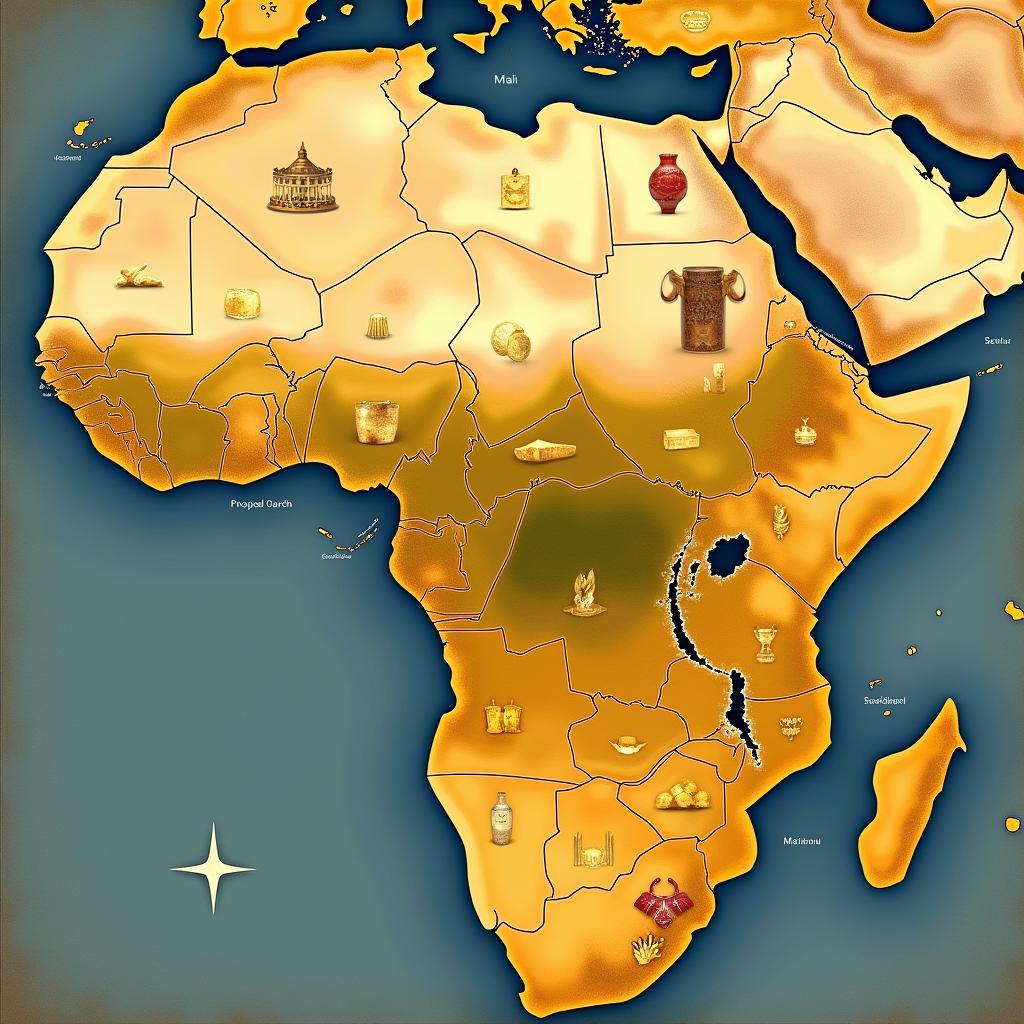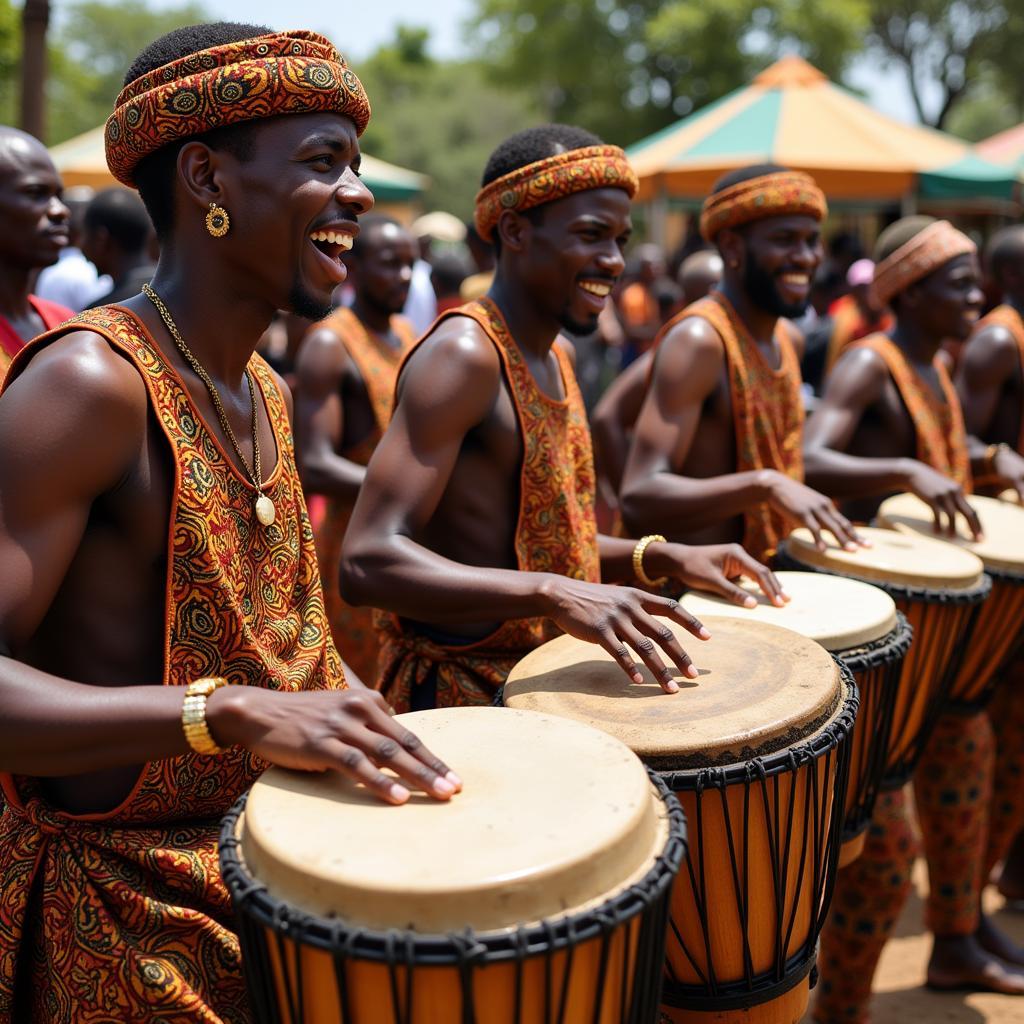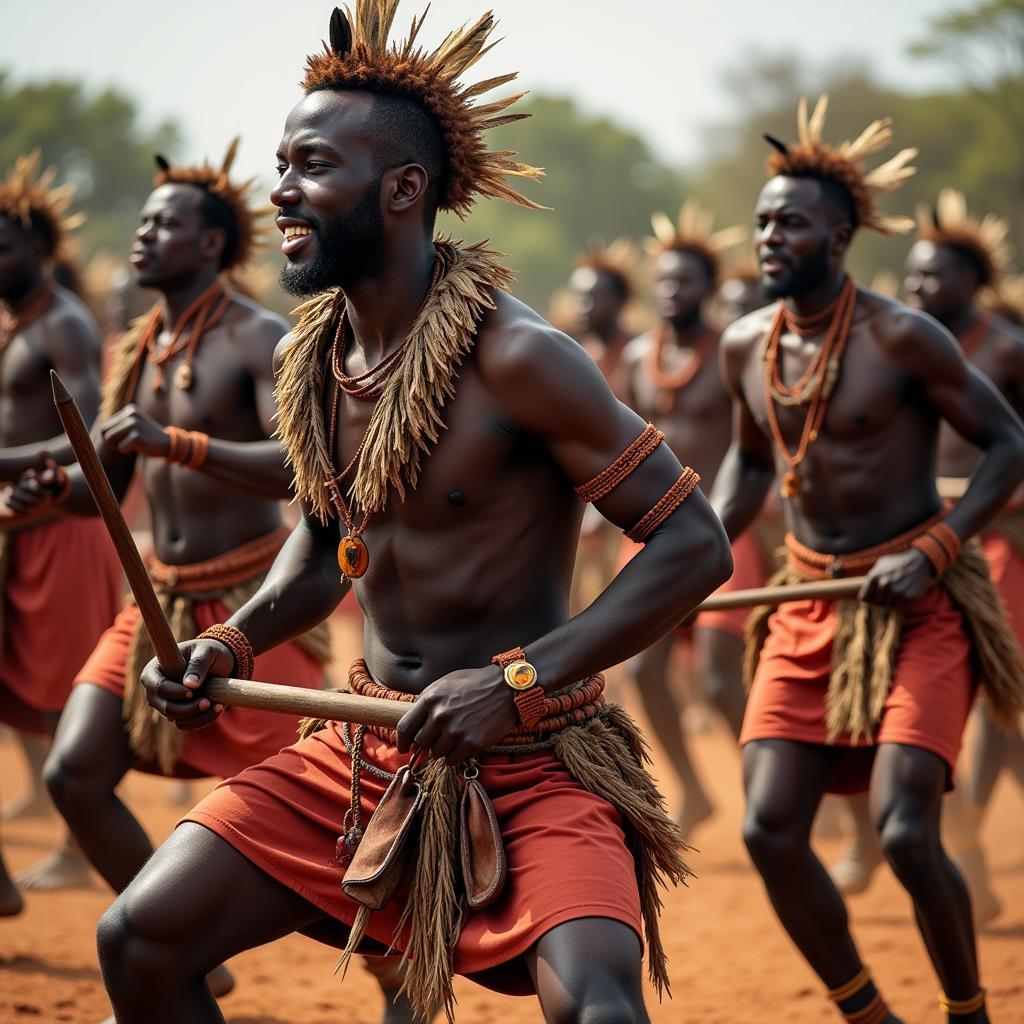African Ground Squirrel Adaptations: Thriving in the Savanna
African ground squirrels are fascinating creatures that have evolved a range of remarkable adaptations to survive in the harsh and challenging environments of the African savanna. These small but resilient rodents have developed unique physical characteristics, behavioral patterns, and social structures that allow them to thrive amidst predators, extreme temperatures, and scarce resources. Let’s delve into the intriguing world of African Ground Squirrel Adaptations.
The African ground squirrel, a small but hardy rodent, thrives in the challenging environment of the African savanna thanks to a fascinating array of adaptations. These adaptations encompass physical traits, behaviors, and social strategies that enable them to navigate the dangers and capitalize on the opportunities presented by their unique habitat. Here, we’ll explore these incredible adaptations in detail.
Physical Adaptations for a Challenging Life
African ground squirrels possess a number of physical adaptations that contribute to their survival. Their sandy-brown fur provides excellent camouflage against the backdrop of the savanna, making it difficult for predators like the african goshawk to spot them. Their large eyes offer a wide field of vision, crucial for detecting approaching predators. Furthermore, their powerful claws and strong legs are well-suited for digging burrows, which serve as safe havens from predators and extreme weather conditions. These burrows also play a vital role in food storage and raising young.
What physical traits help African ground squirrels survive? Their sandy-brown fur provides excellent camouflage, large eyes give a wide field of vision, and strong claws and legs are perfect for digging burrows.
Behavioral Adaptations: Mastering the Savanna
Beyond physical adaptations, African ground squirrels exhibit a range of fascinating behaviors that enhance their survival. They are diurnal animals, meaning they are most active during the day. This allows them to take advantage of the daylight hours for foraging and socializing. They also display a characteristic “sentry” behavior, where one or more individuals stand guard and alert the group to potential dangers with a series of high-pitched calls. This cooperative behavior significantly improves their chances of evading predators.
How do African ground squirrels use behavior to survive? They are diurnal, maximizing daylight hours for foraging. They also practice “sentry” behavior, where individuals stand guard and alert the group to danger.
Social Structures and Survival
African ground squirrels are social animals, living in colonies that can range from a few individuals to several dozen. This social structure offers numerous benefits. Cooperative foraging allows them to locate and exploit food resources more efficiently. Shared vigilance increases the likelihood of detecting predators early. Moreover, living in a group provides protection against predators through sheer numbers and collective defense mechanisms. In times of scarcity, the colony structure supports mutual aid and resource sharing.
Consider Dr. Anika Mosi, a leading expert in African wildlife ecology, who observes, “The social dynamics of African ground squirrels are a testament to the power of cooperation in the face of adversity. Their complex social structures enhance their resilience and contribute significantly to their survival in the demanding savanna environment.”
Diet and Foraging Strategies
African ground squirrels are primarily herbivores, feeding on seeds, nuts, fruits, and vegetation. However, they are also opportunistic omnivores, occasionally consuming insects and other invertebrates. Their foraging strategies are highly adaptable, allowing them to exploit a variety of food sources depending on availability. They often cache food in their burrows, providing a vital reserve during periods of scarcity. This adaptability in diet and foraging plays a crucial role in their ability to survive in the fluctuating environment of the savanna. Their sharp claws are also helpful in digging up roots and tubers.
Professor Jabari Olufemi, a renowned botanist specializing in African flora, states, “African ground squirrels play an important role in the savanna ecosystem. Their foraging activities contribute to seed dispersal and plant diversity.”
How do their social interactions affect survival? Living in colonies provides benefits such as cooperative foraging, shared vigilance against predators, and resource sharing during scarcity.
Conclusion: Adapting to Thrive
The African ground squirrel stands as a testament to the power of adaptation in the face of environmental challenges. From its camouflaged fur and powerful digging claws to its sophisticated social behaviors and flexible diet, this small rodent has evolved a remarkable suite of adaptations that allow it to not just survive, but thrive in the harsh landscapes of the African savanna. Understanding the african ground squirrel adaptations provides valuable insights into the intricate web of life within this unique ecosystem.
FAQ
-
What do African ground squirrels eat?
Primarily seeds, nuts, fruits, and vegetation, but they are opportunistic omnivores and occasionally eat insects. -
Are African ground squirrels social animals?
Yes, they live in colonies that can range from a few individuals to several dozen. -
How do African ground squirrels protect themselves from predators?
They use a combination of camouflage, sentry behavior, and living in groups. -
Why are African ground squirrels important to the savanna ecosystem?
Their foraging contributes to seed dispersal and plant diversity. -
What are some of the physical adaptations of African ground squirrels?
Sandy-brown fur for camouflage, large eyes for a wide field of vision, and strong claws and legs for digging burrows. -
Are African ground squirrels nocturnal or diurnal?
They are diurnal, meaning they are most active during the day. -
Where do African ground squirrels live?
They live in burrows they dig in the ground of the African savanna.
Do you have other questions? Check out our articles on african black animals and the african black footed squirrel.
Need assistance? Contact us 24/7 at +255768904061, kaka.mag@gmail.com, or visit us in Mbarali DC Mawindi, Kangaga, Tanzania.





